D'Orbigny名字,是最大的一块angrite陨石,16.55kg。
钛辉无球粒陨石,是极其稀少的无球粒陨石,当前的价值甚至不低于月球和火星。
密度一般大于3.2,内部还存有2.3厘米直径的晶洞,还有少量的厘米大小的橄榄石晶体颗粒。
D'Orbigny Buenos Aires, Argentina Found 1979 July Angrite A 16.55 kg stone, mostly covered with dark gray fusion crust, was found in a corn field after a farmer hit it with a plow. Classification and mineralogy (F. Brandstätter and G. Kurat, NHMV): has a sub-ophitic texture, exhibiting laths of plagioclase (An>99, up to 2 mm) with subhedral to euhedral augite and anhedral to subhedral olivine; augite shows marked optical zoning, with cores containing 1.6 wt% TiO2, 7.8 wt% Al2O3, XMg [Mg/(Mg + Fe + Ca)] = 26.8 mol%, XFe = 21.9 mol%, and XCa = 51.2 mol%, and reddish-brown rims with 4.0 wt% TiO2, 8.0 wt% Al2O3, XMg = 0.6 mol%, XFe = 46.7 mol%, and XCa = 52.6 mol%; olivine is zoned, with cores having Fa39.7La1.3 (La = larnite), 0.9 wt% CaO, 0.13 wt% Cr2O3, 0.45 wt% MnO, and rims having Fa75.9La11.5, 6.6 wt% CaO, 0.12 wt% Cr2O3, 0.93 wt% MnO; in places, anhedral kirschsteinite (Fa62.0La34.0, 20.0 wt% CaO, 0.11 wt% Cr2O3, 0.75 wt% MnO) is intergrown with olivine; in places, abundant ultrabasic glass fills pore spaces (SiO2 ≈40 wt%); minor to accessory phases include transparent brownish spinel (up to 500 μm), ulvöspinel, troilite, and a silicophosphate; contains abundant round vugs, up to 2.3 cm in diameter, and druses containing augite and rare centimeter-sized green olivine crystals (Fa9–11); rock is fresh, but pores contain variable amounts of caliche. Specimens: main mass with finder; type specimen, 184 g, NHMV.

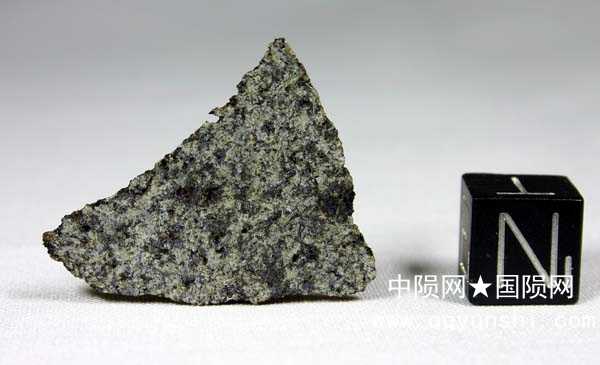


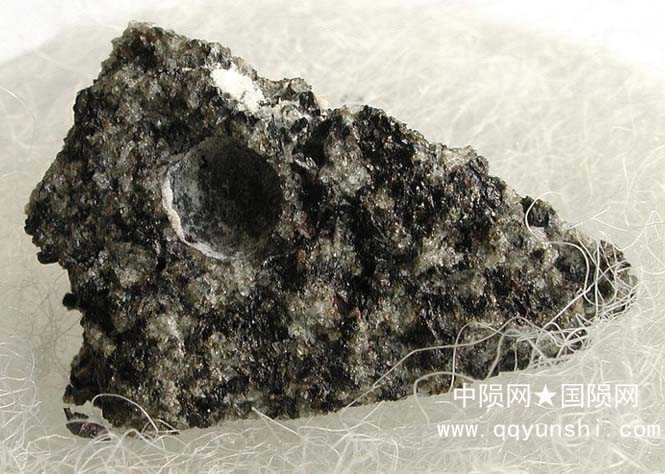
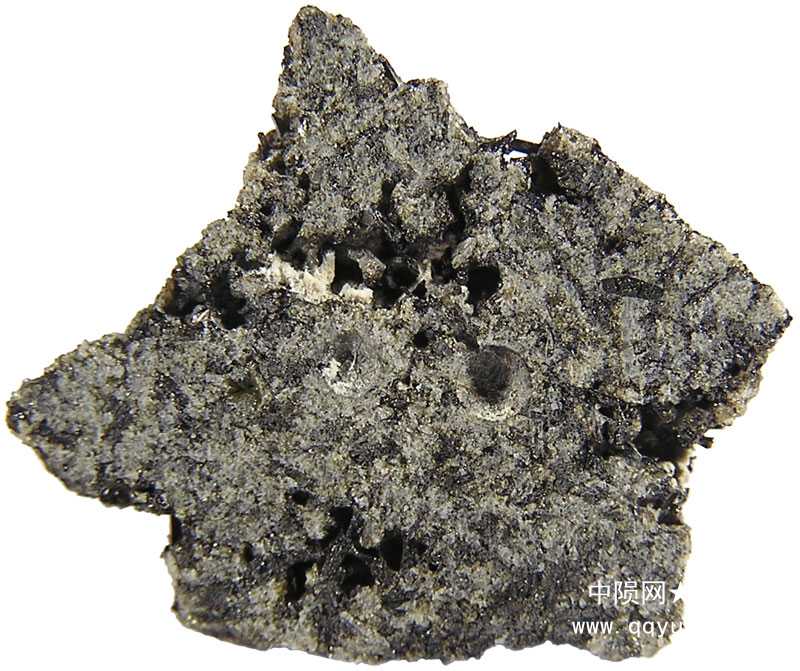
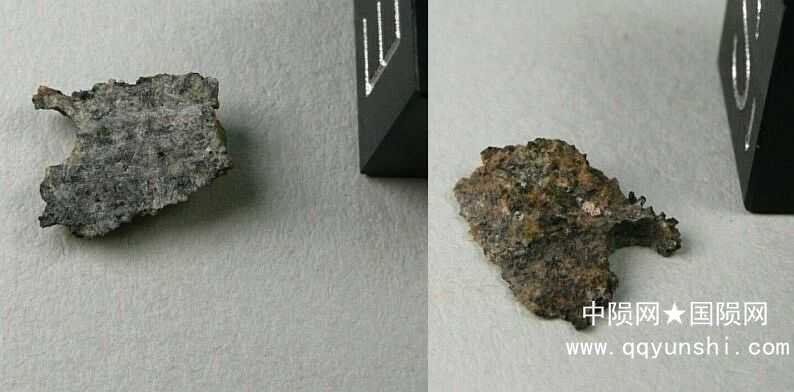

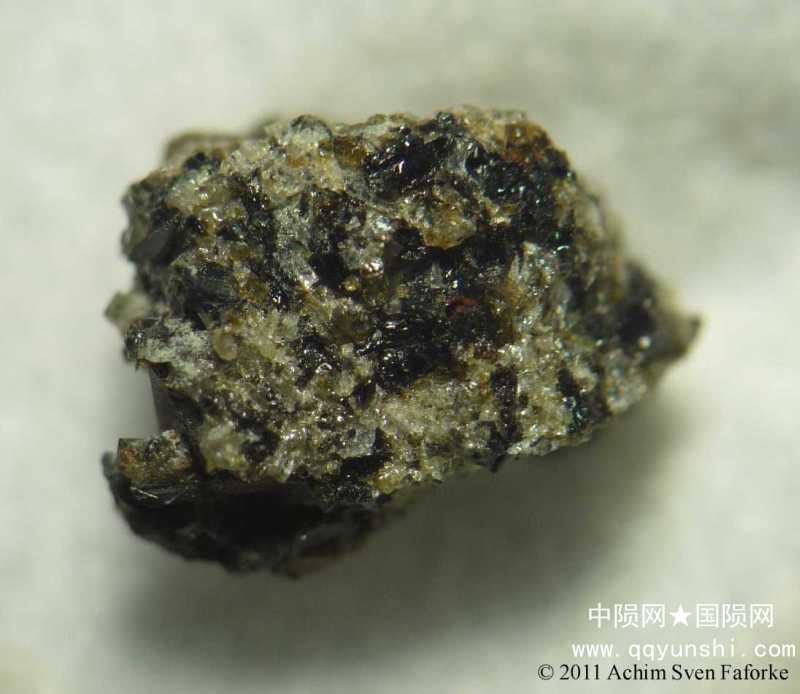
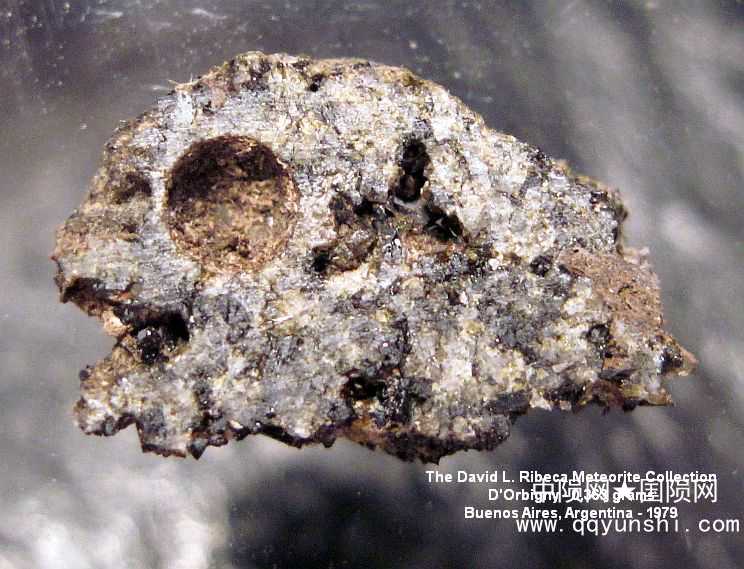
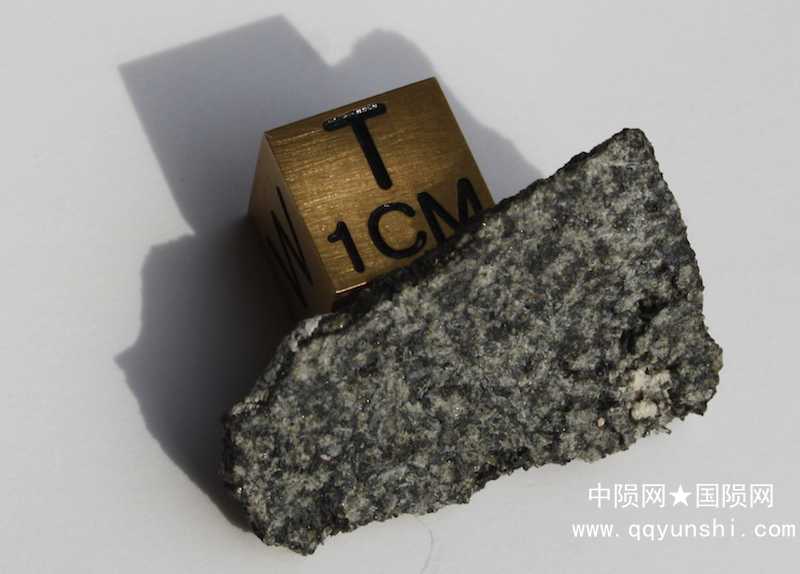
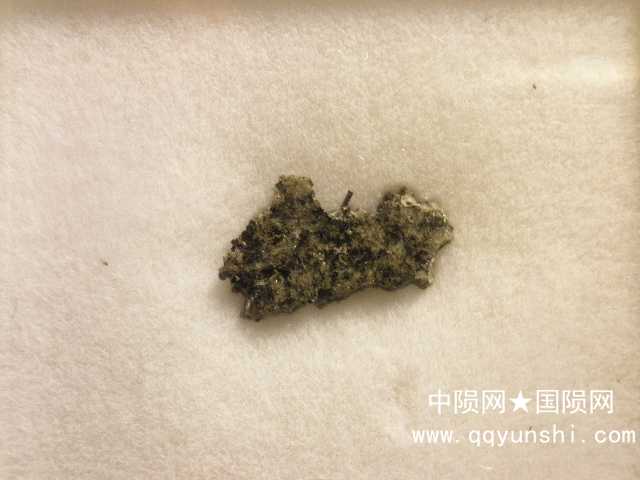
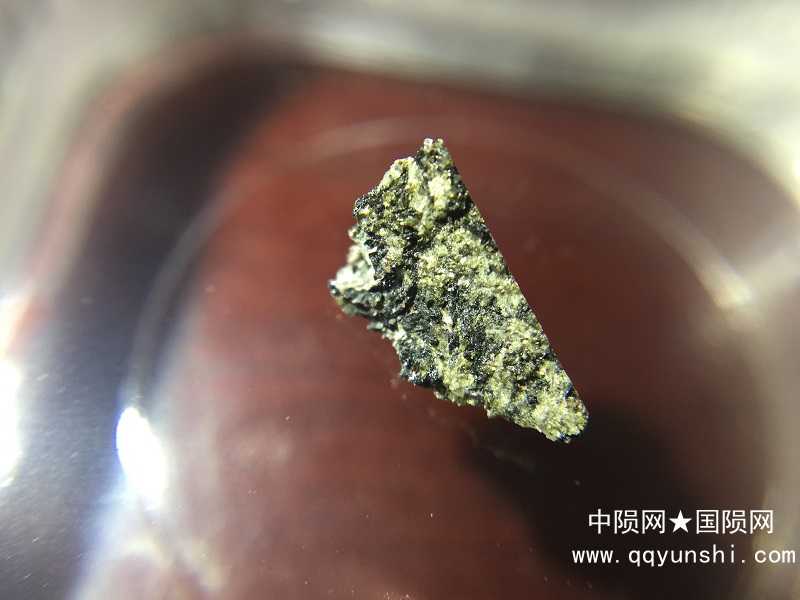
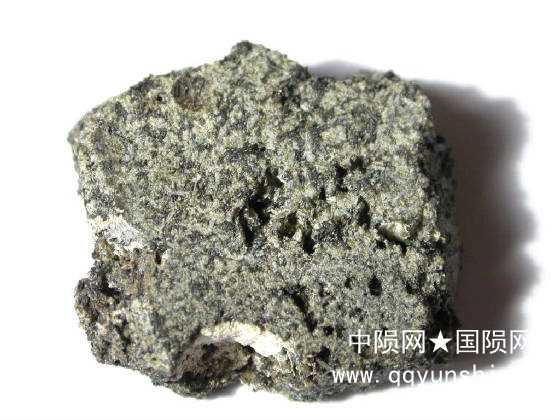
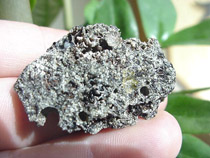
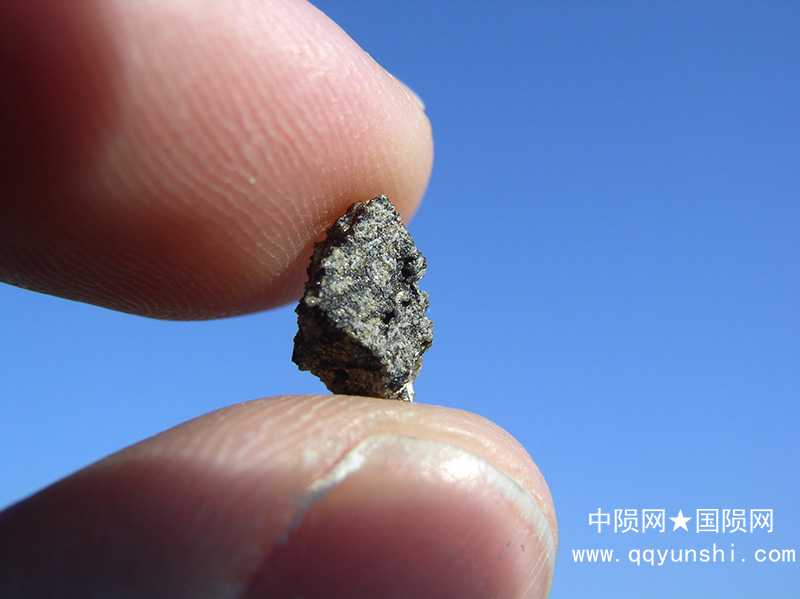
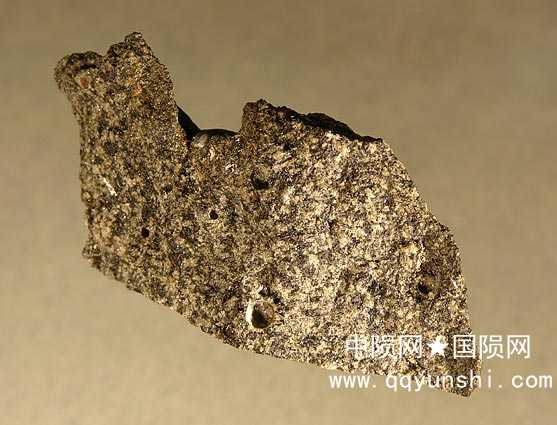
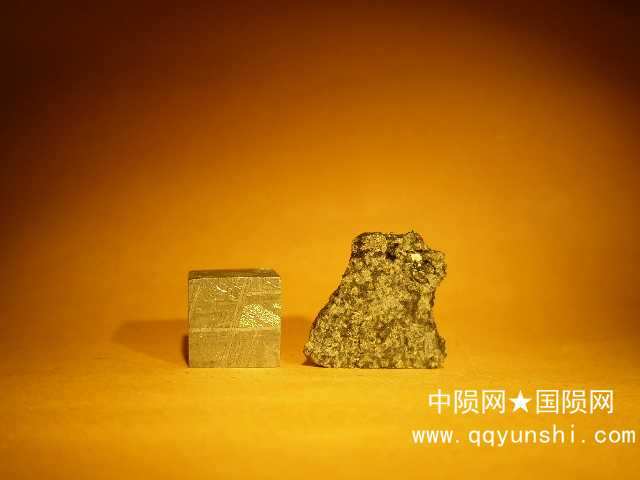
|
 |Archiver|手机版|中陨网✪国陨网
( 冀ICP备10012798号-1 )
|Archiver|手机版|中陨网✪国陨网
( 冀ICP备10012798号-1 )